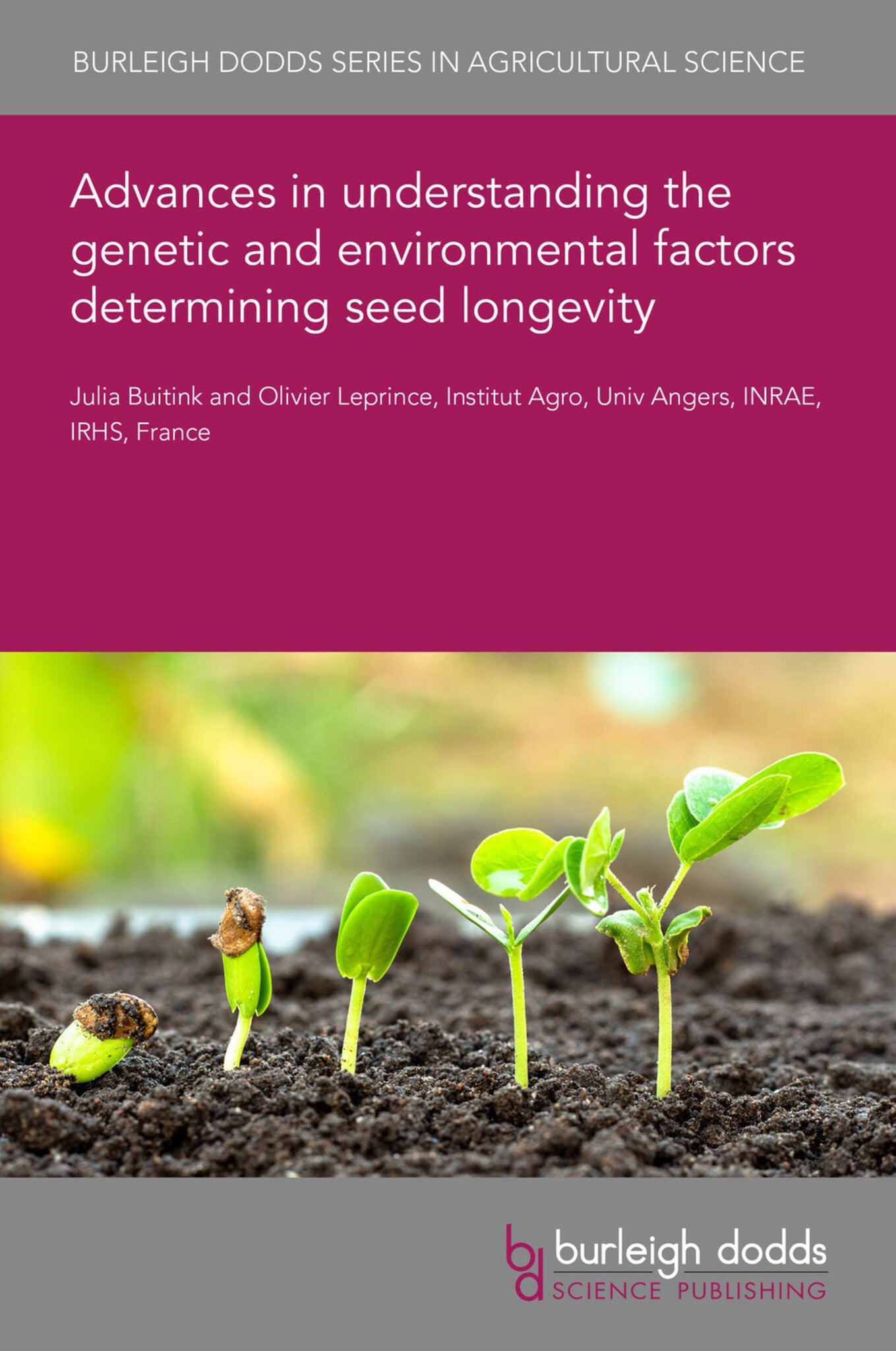We're sorry. An error has occurred
Please cancel or retry.
Advances in understanding the genetic and environmental factors determining seed longevity

Some error occured while loading the Quick View. Please close the Quick View and try reloading the page.
Couldn't load pickup availability
- Format:
-
25 July 2022


TECHNOLOGY & ENGINEERING / Agriculture / Agronomy / Crop Science, Agronomy and crop production, TECHNOLOGY & ENGINEERING / Agriculture / Sustainable Agriculture, Botany and plant sciences, Sustainable agriculture, Agricultural science

1 Introduction 2 Distribution of seed lifespans among species 3 Advances in the understanding of longevity using genetic diversity 4 Environmental effects on longevity: plasticity and adaptation 5 Ageing protocols and the limits of extrapolating accelerated ageing conditions 6 Conclusions and future research trends 7 Where to look for further information 8 Acknowledgements 9 References



